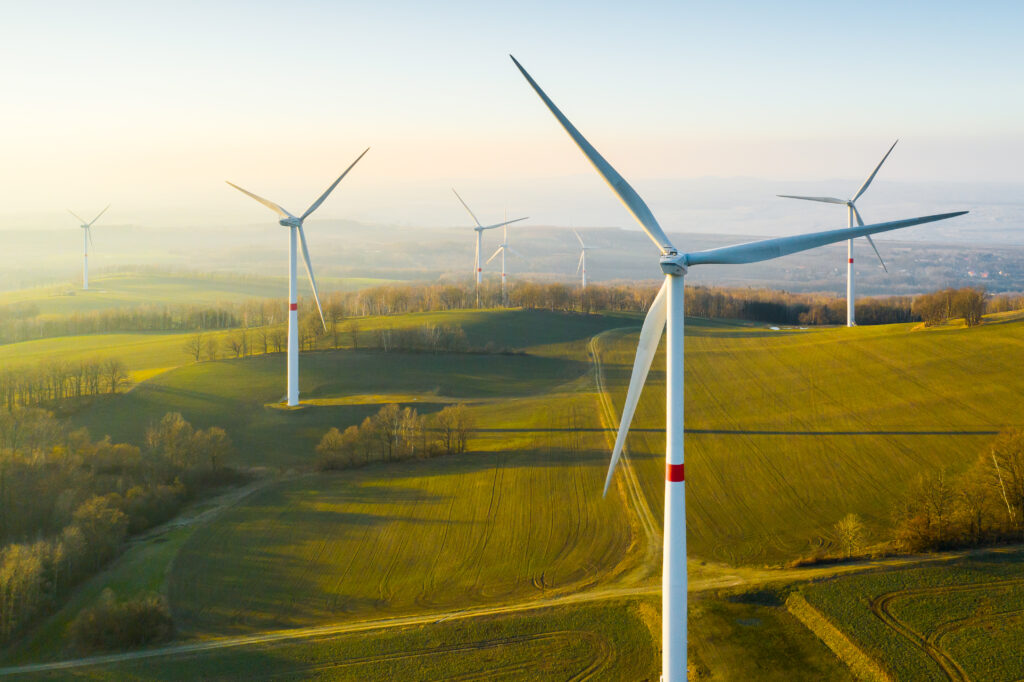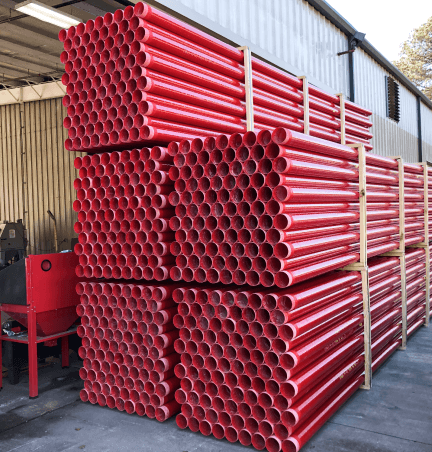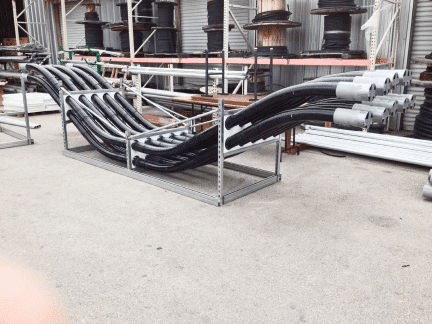By Scott Patchan
The Current Renewables Industry Landscape

Worldwide renewable energy capacity continued to increase rapidly in 2023, reaching the fastest rate of increase in the past three decades. While solar energy accounted for three-quarters of that growth, wind energy faced challenges. Supply chain issues improved, however permitting delays, labor, cost and transmission limitations heavily affected funding within the wind sector, where investments dropped 35% vs. 2022.
“Offshore wind faces high capital requirements, long project development and permitting timelines and locked-in power sales contracts,” Deloitte notes, adding that “Developers executing agreements signed during low inflation now face higher financing costs and 40% jump in equipment and construction costs over the past year, while state policymakers may not be willing to provide additional support that could increase consumer costs.”
Despite the challenges wind energy faced last year, Deloitte expects the renewables industry as a whole to continue to experience rapid growth in 2024. “The impact of unprecedented investment in renewable infrastructure will likely become more apparent in 2024. Regulatory boosts to renewable energy and transmission buildout could [also] help address grid constraints.”
The Energy Information Administration (EIA) has projected that renewable energy deployment will grow by 17% in 2024. The organization recently released an online process tracker that allows users to view historical renewable sector data and forecasts.
By 2050 renewable energy is expected to manage more than 40% of the country’s electricity, more than double what it manages today.
Domestically, Texas is the leader of renewable energy production in the U.S. The Lone Star State’s success in the sector can be attributed to its uniquely deregulated energy market and state-run grid, as well as its geographical landscape which is exceptionally well-suited for wind and solar energy.

Electrical Conduit Requirements and Challenges for Renewable Energy Industry Projects
Speed is key for new renewables projects, as fears loom that the transition to clean energy isn’t happening fast enough to outpace the negative impacts of climate change.
Conduit installations in the renewables industry have not escaped the supply chain issues that have plagued other sectors in recent years. As new projects go up, common challenges include long lead times and limited supplies of some types of conduit. Throughout the pandemic and beyond, Champion FiberglassⓇ conduit (RTRC) has remained consistently available with short lead times to help keep large-scale utilities, transportation and infrastructure projects on track.
To protect transmission lines to the local grid, electrical conduit must be rigorously strong and durable. As many in both the public and private sectors are being impacted by inflation, identifying potential savings on materials and labor (without sacrificing strength) is more important than ever.
Electrical conduit must be lightweight and easy to maneuver in trenches, as well as have a broad temperature range to tolerate environmental shifts. Custom bends can be especially helpful for projects that require significant trenching and other similar challenges.
Renewables projects can include more involved electrical conduit installations. Complex installation challenges — including open trench excavation, buried duct banks and use of conduit spacers, underground burial of cable-filled conduit, concrete encased duct bank and running multiple circuits — mean that specifying the right electrical conduit for the job is critical to project success.
Why Champion FiberglassⓇ?
The team at Champion Fiberglass has over 35 years of experience in guiding projects to successful completion. Champion Fiberglass helps engineers and project managers Do MoreⓇ by supplying durable, lightweight RTRC conduit quickly. Additionally, Champion Fiberglass offers mechanical and dielectric strength needed to protect dense cabling within.
The potential cost savings on both materials and labor when specifying RTRC (fiberglass conduit) vs. PVC-SCH 40, PVC-SCH 80, GRC, aluminum or stainless steel for renewables and utilities projects can be huge. Check out just how much you could save on your next project with the Champion Fiberglass Electrical Conduit Calculator.
Recent Renewables Project Success
Champion Fiberglass conduit has been used in both solar and wind farm applications.
Learn more about how fiberglass conduit benefited an underground burial application in a Virginia solar farm.
Download the case study to learn how Champion Fiberglass conduit is protecting cabling for New York’s first offshore wind farm.
To purchase RTRC conduit elbows today, reach out to your local Rep.
This post was originally published on July 19, 2023 and has been updated for comprehensiveness.
Learn More
Keep Reading
Champion Fiberglass® Named a CompositesWorld Top Shop for 2024
The origins of fiberglass date back to the ancient Greeks. Today fiberglass is used for a variety of applications from…
Get to Know Research and Development Engineer Blake Rogers
He’s got a diverse background in engineering, is new to Texas and can juggle. Meet Blake Rogers.
Electrical Conduit Cost Savings: A Must-Have Guide for Engineers & Contractors
To help identify cost savings that don’t cut corners on quality, Champion Fiberglass developed a free resource for engineers and…










